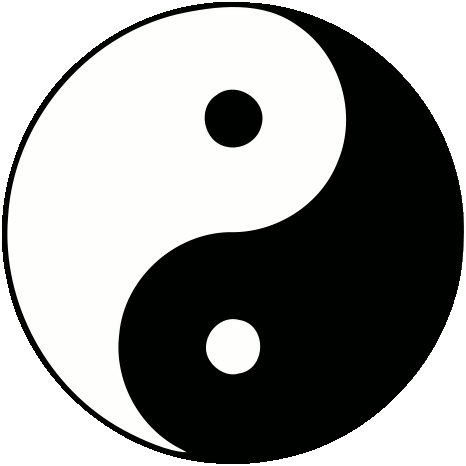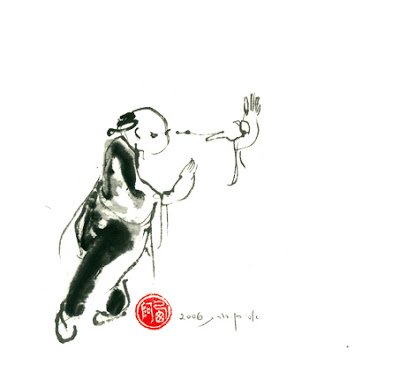Adults Kung Fu
Kung Fu is an umbrella term that means all of Chinese Martial Arts styles. Our focus at Dragon Phoenix is the Internal branch of Kung Fu. Internal Kung Fu includes the styles of Tai Chi (Tai Chi started out as a fighting style) as well as Xing Yi Quan and Baguazhang. What makes them “Internal Styles” is that the movement comes from the internal muscle groups (tendons and ligaments) rather than just the power muscles. They are also connected with Chinese Medicine and work on qi, or chi, cultivation. This means that they promote good health along with teaching self defense skills. These are all old styles of martial arts that have been proven to be effective for health and self defense over hundreds of years. Since power is generated from a relaxed state, effectiveness is based more on understanding of technique rather than just on brute force. Because of all this, Internal Martial Arts are often referred to as Higher Martial Arts. In external styles, such as Taekwondo or Karate, the winner of a fight is often determined by the physically stronger person and favors young adults. With Internal styles, we utilize Physics over Force so that a much smaller framed person can take down a much larger person. The styles we teach here can be studied into older age as they heal the body rather than causing trauma to the joints and bones.











